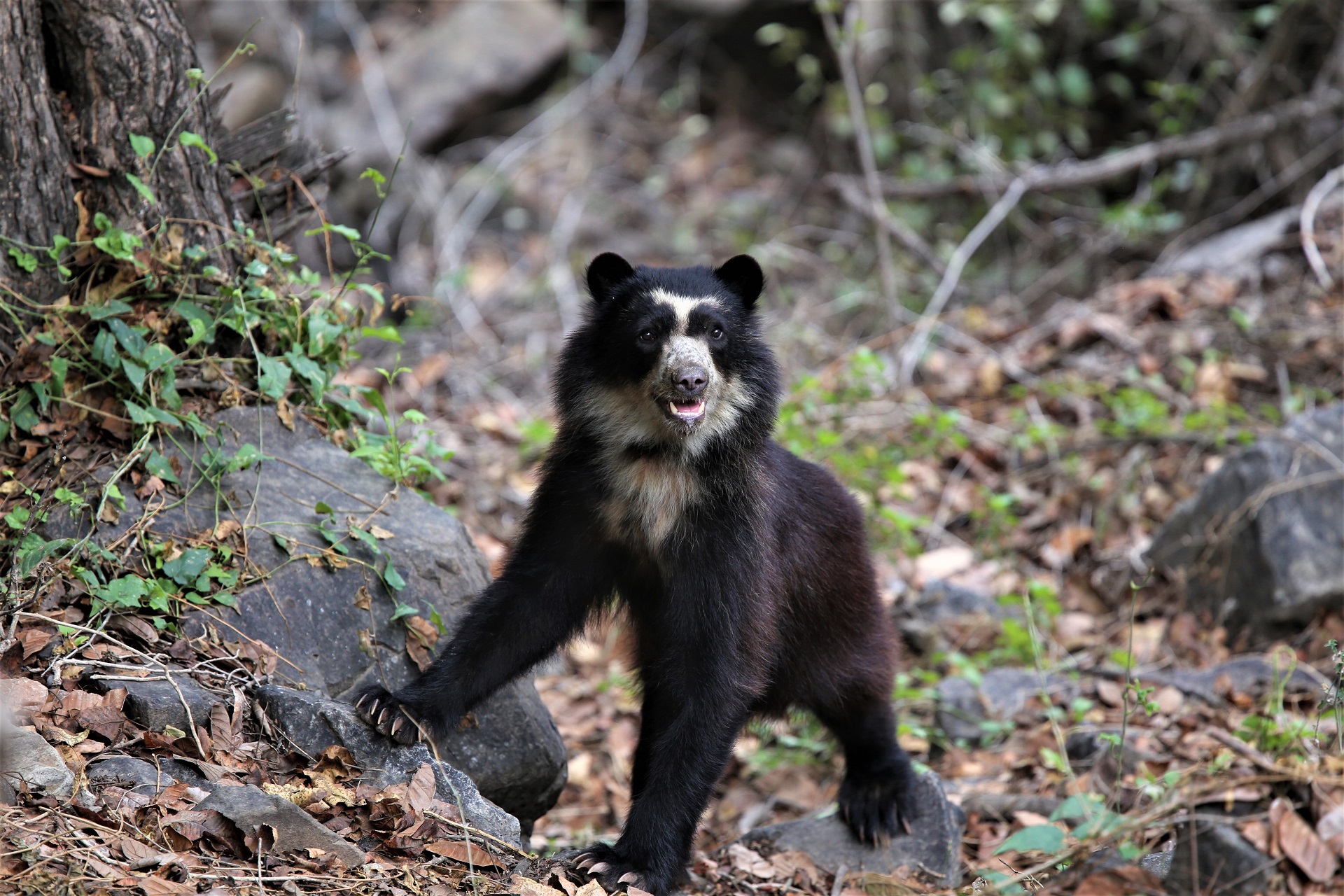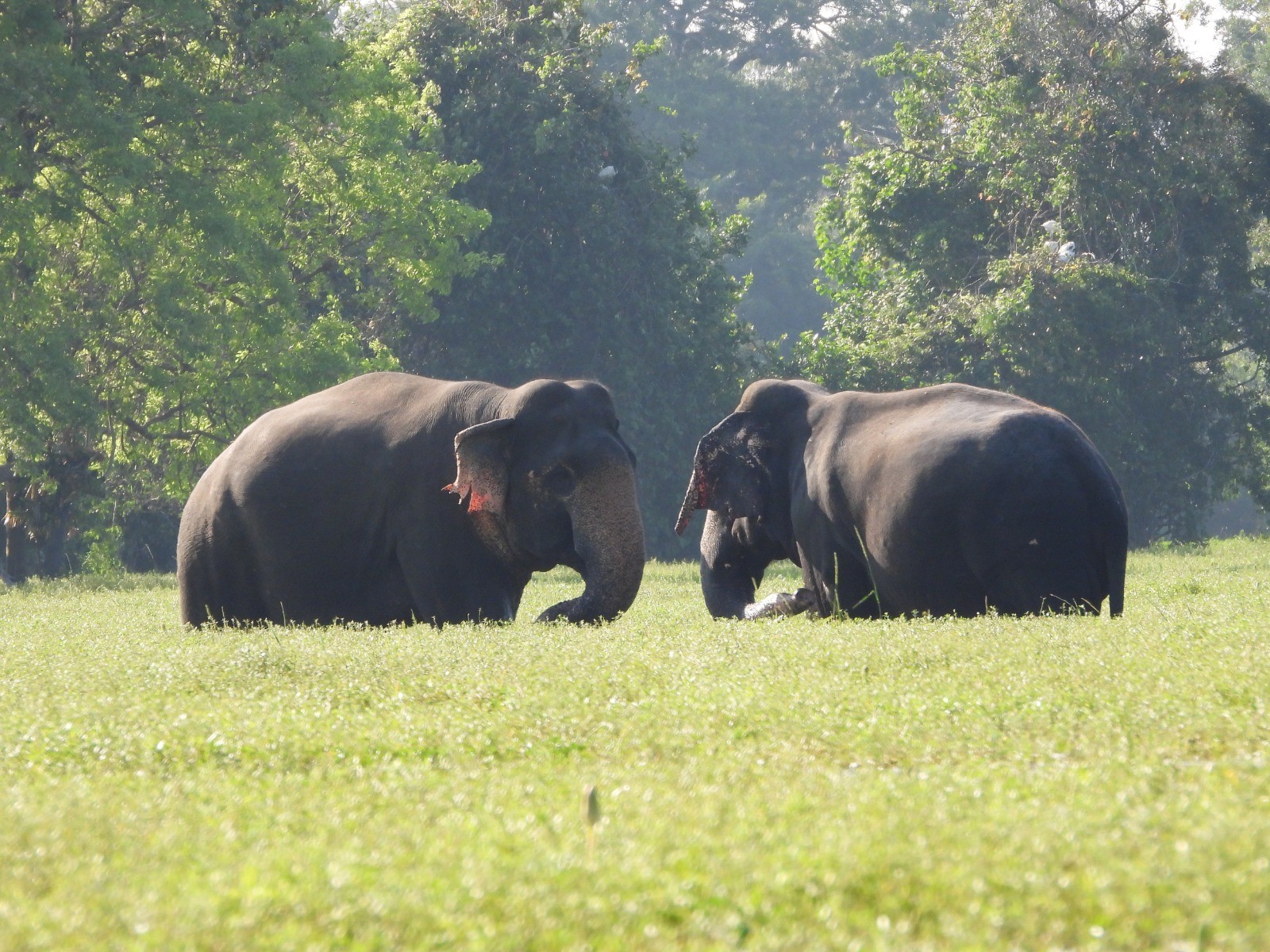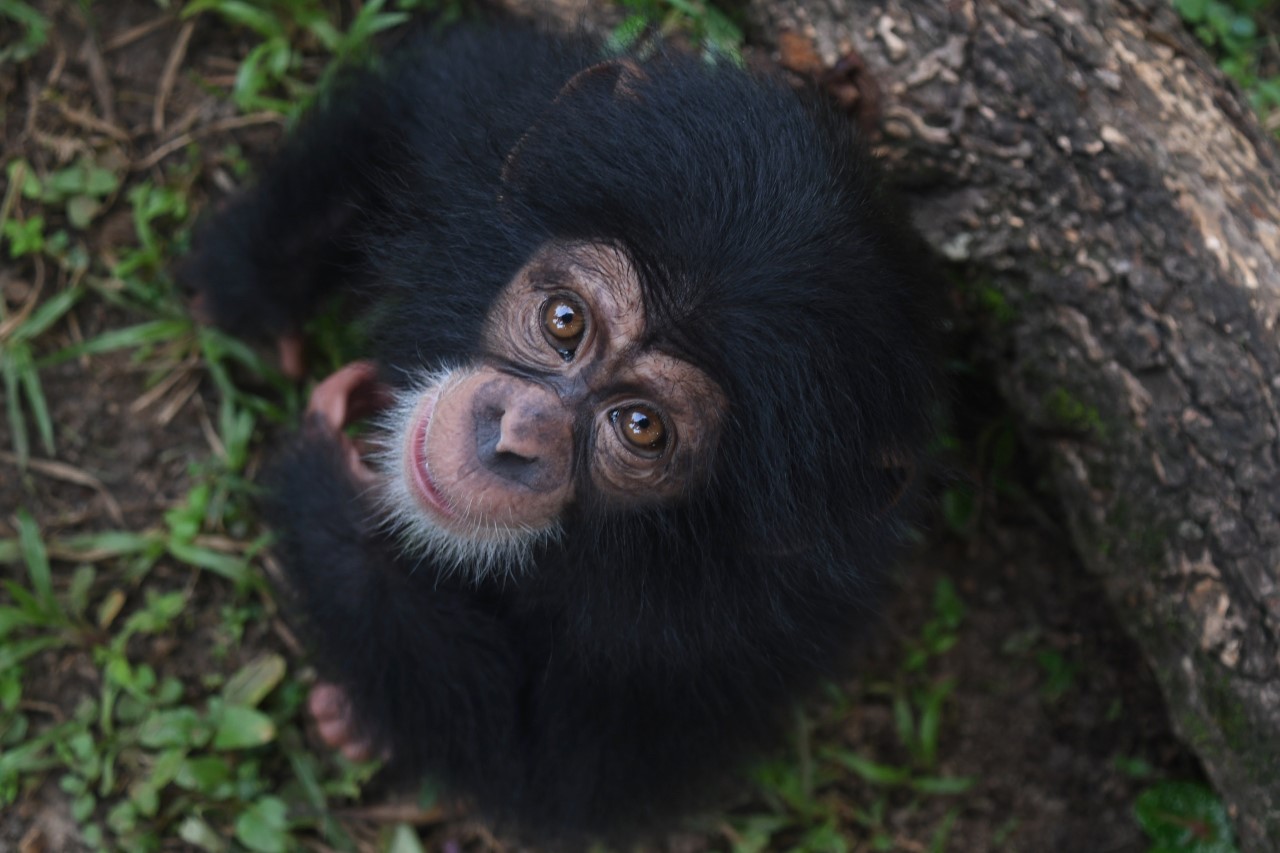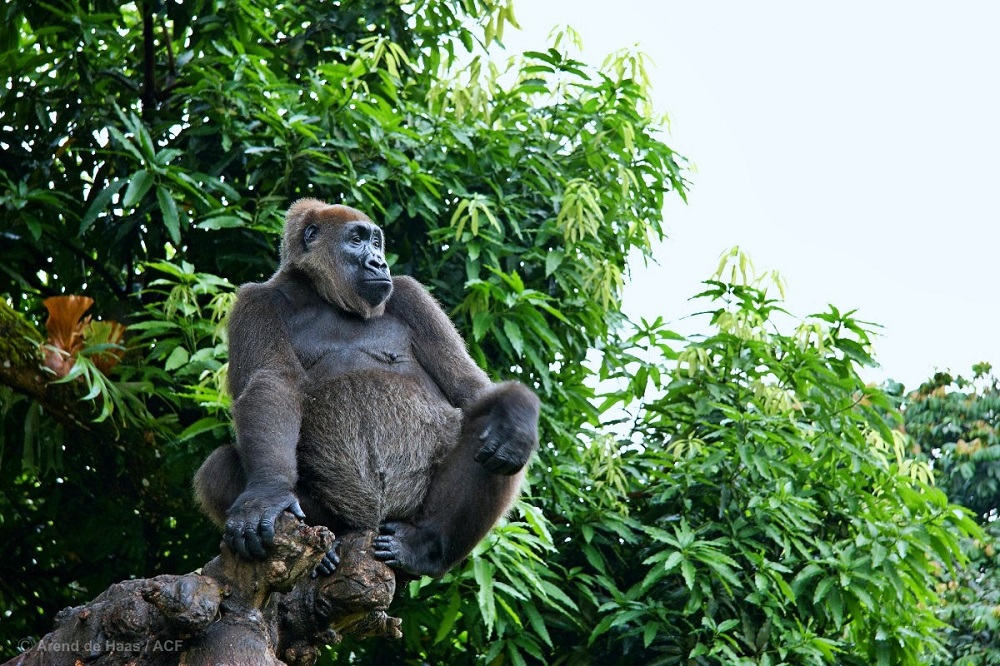The equatorial dry forests of Peru and Ecuador are one of the most threatened neotropical ecosystems with just 10% of original coverage remaining. It is home to unique wildlife including the iconic spectacled bear which is increasingly threatened due to habitat loss.
The spectacled bear is the only bear species native to South America, with its range confined to the dry forests, cloud forests and deserts of the Andes mountains. In forested areas, the bears often spend a lot of time in the trees, whilst in deserts, they live in the undergrowth. Like many bear species, they are omnivorous and adapt their diet to what is readily available, which can include fruit, cacti, leaves, bark, bromeliads, carrion, insects, birds and small mammals.
Their strength and solitary nature have made them the subject of important local folklore, while around the world, the spectacled bear is best known as the inspiration for the much loved children’s character, Paddington.
Spectacled bears are an important umbrella species – conserving the bears has the knock-on effect of protecting numerous other species that share their habitat, including mountain tapir, ocelots, puma, jaguarundi, Andean condor and white winged guan.
The Laquipampa Wildlife Refuge in the Lambayeque region on north east Peru is an important protected area for spectacled bear conservation. In 2021, the park was protected by just three official rangers. Previously, these rangers were supported by a network of volunteers from local communities, however, this programme had to be suspended due to lack of funds. The knock-on effects of this, along with the pressures of the COVID-19 pandemic meant that surveillance of the bears and other wildlife had to be reduced, monitoring of conservation agreements were unable to be carried out effectively, and the rangers often had to work alone in dangerous conditions.
Working with our on the ground partner the Spectacled Bear Conservation Society of Peru, provision of training for a network of 20 local voluntary rangers, as well as vital equipment, has hugely improved safety and capacity for the teams protecting the spectacled bear and its habitat. Equipping the rangers with essential skills, including surveillance, first aid and conflict resolution, means that rangers can stay safe, carry out more effective monitoring and also transfer these skills for the benefit of the local community. As well as basic patrol equipment such as uniform, PPE, torches, stationery, first aid kits and tents, the rangers now also have access to technology to improve the monitoring of spectacled bears, including GPS and cameras.
Impact/Update
As a result of this capacity building, SBSC have been able to expand their conservation work to new areas of the buffer zone of the park. Through installing new camera traps in this area, rangers have managed to establish that bears are using the buffer zones as corridors between areas of habitat, and have also managed to capture images of pumas and ocelots in the region.
The team have also found a unique way to spread the word about their work and the importance of conservation to communities in the buffer zone through setting up football tournaments to bring people together.



